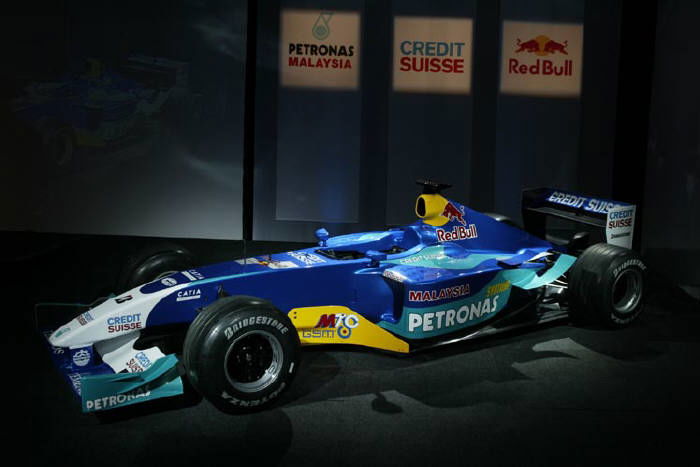Looking the part as R24 reaches completion.
With the Renault F1 Team having completed the raw carbon monocoque for the R24 (see previous stories), the time has come to make the final transformation and apply the full race livery.
Next week will be an important step for Renault, with the chassis departing to be painted. When it returns, it will sport, for the first time, its race colours.
The chassis are not painted at Enstone, but 50 kilometres from the factory where a specialist supplier takes charge of this high-precision job.

With the Renault F1 Team having completed the raw carbon monocoque for the R24 (see previous stories), the time has come to make the final transformation and apply the full race livery.
Next week will be an important step for Renault, with the chassis departing to be painted. When it returns, it will sport, for the first time, its race colours.
The chassis are not painted at Enstone, but 50 kilometres from the factory where a specialist supplier takes charge of this high-precision job.
"The monocoque is weighed as it leaves the factory," revealed Keith Dunsby, assistant composites manager. "It is then collected, and returns two days later."
Naturally, painting of the chassis occurs in the utmost secrecy. Apart from the five employees who work directly with the team, nobody is allowed access to the car.
"Furthermore, our partners are prepared to go to every length to ensure the quickest turnaround, to the extent of working through the night," he explained.
The first chassis will be given to Jon Woods, the team's head of graphics, to fine-tune the car's livery. The engine cover and nose are required in addition to the chassis in order to lay out the full livery.
The car's lines are recreated using adhesive tape, with the aim of avoiding lack of continuity between different parts. This stage allows the team to take the measurements which are then used during the rest of the season.
"Afterwards, our objective is to paint the chassis for the minimum possible weight, firstly with a coat of white primer, then with the final colours," continued Dunsby. "By the end of the process, the monocoque shouldn't have gained any more than 500 grams extra. We check that carefully when it gets back to the factory, because weight is such a critical parameter in F1."
The paint then dries in an over, heated to 60?C. After cooling, the part then undergoes a polishing process several hours long.
"The finished article must have a perfectly smooth surface at the points where the colour changes," clarified Keith. "The tiniest superfluous millimetre can ruin part of the car's aerodynamic performance."
With the seven chassis produced each season, bodywork, wings, developments and the stripping and re-painting of the chassis between races, several hundred paints are painted each year.
Sometimes, even insignificant components need to lick of paint: parts produced in resin by stereolithography are painted black in order to standardise their appearance.
Finally, Dunsby's nightmare: stone chippings. "Some circuits are harsher than others for the paintwork," he smiled. "After taking so much care over the car's appearance, it almost breaks your heart to see all the small stones on the edge of the circuit that chip the paint!"


